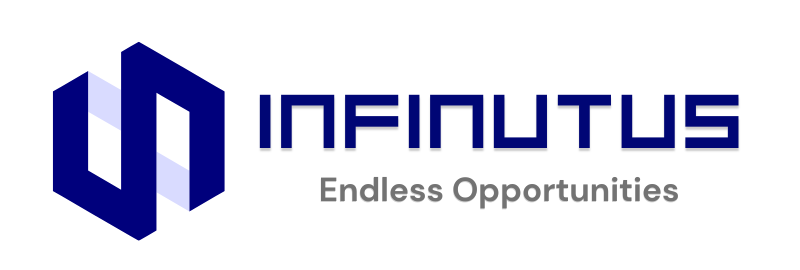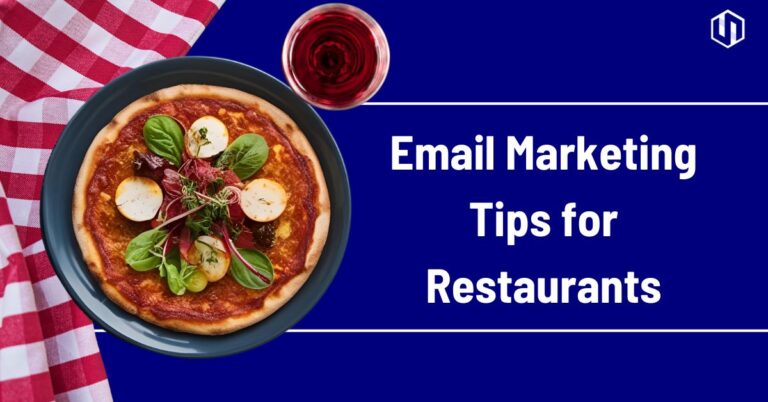
SMS Marketing for Restaurants: A Game-Changer for Customer Engagement
With changing consumer behavior and digital distractions, restaurants need smart, direct, and effective marketing strategies to attract and retain customers. While email and social media have their place, SMS marketing has emerged as a powerful tool due to its 98% open rate and ability to drive instant engagement.




